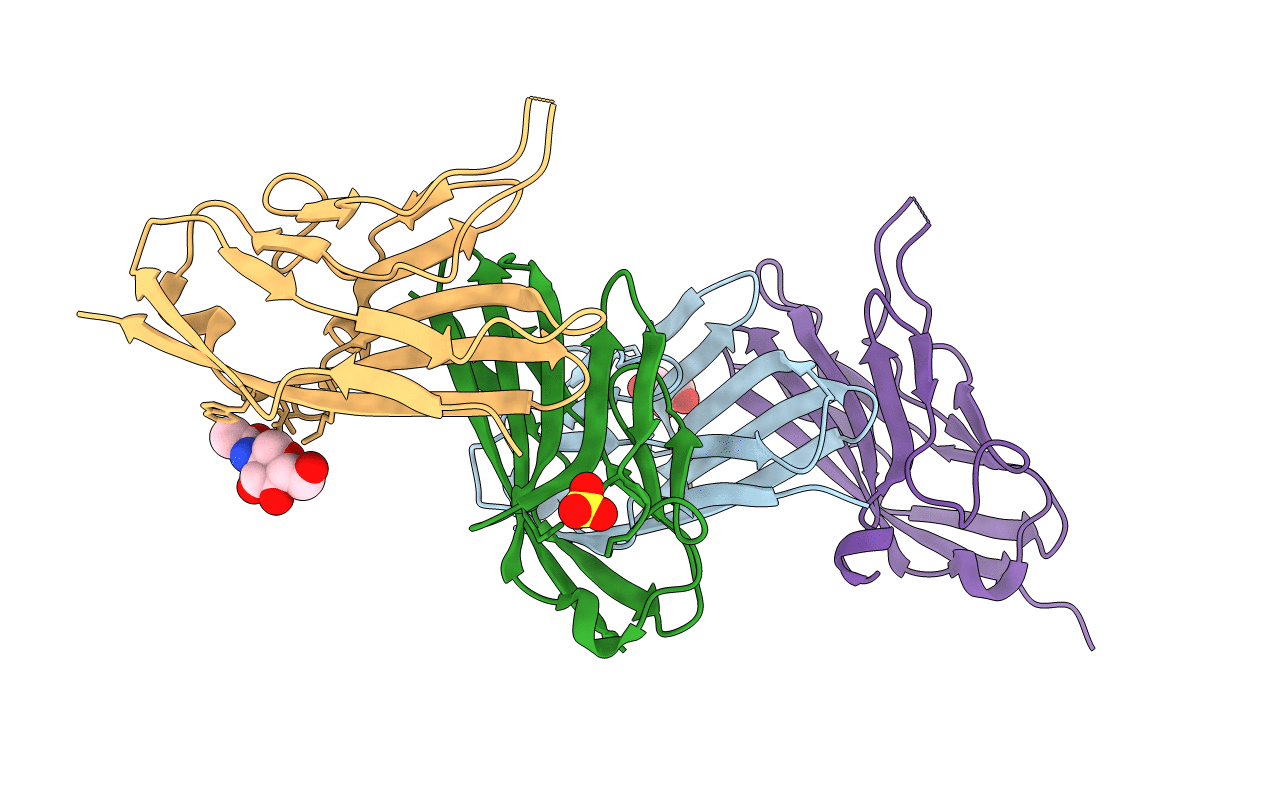
Deposition Date
2017-03-13
Release Date
2017-05-24
Last Version Date
2024-10-30
Method Details:
Experimental Method:
Resolution:
3.10 Å
R-Value Free:
0.23
R-Value Work:
0.21
R-Value Observed:
0.21
Space Group:
P 43 21 2


